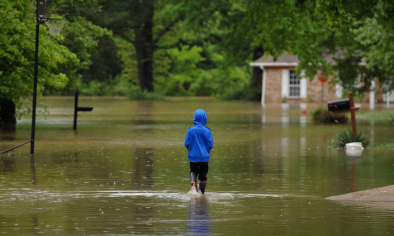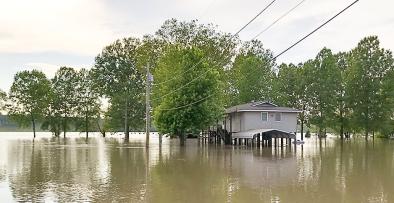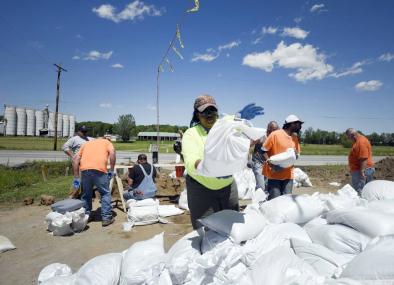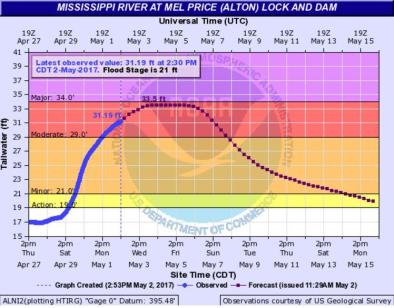Science Source
More tornadoes in the most extreme U.S. tornado outbreaks
This study raises new questions about what climate change will do to severe thunderstorms and what is responsible for recent trends. The fact that we don't see the presently understood meteorological signature of global warming in changing outbreak statistics leaves two possibilities: either the recent increases are not due to a warming climate, or a warming climate has implications for tornado activity that we don't understand. This is an unexpected finding.
Michael Tippett, lead author and member of the Data Science Institute and the Columbia Initiative on Extreme Weather and Climate
- States that the largest US impacts of tornadoes result from tornado outbreaks, which are sequences of tornadoes that occur in close succession
- Uses extreme value analysis and finds that the frequency of US outbreaks with many tornadoes is increasing and is increasing faster for more extreme outbreaks
- Models this behavior by extreme value distributions with parameters that are linear functions of time or of some indicators of multidecadal climatic variability
- Finds that extreme meteorological environments associated with severe thunderstorms show consistent upward trends, but the trends do not resemble those currently expected to result from global warming
- Links trends in storm relative helicity, a quantity related to vertical wind shear, to upward trends in severe thunderstorms; storm relative helicity was previously identified as a factor in increased year-to-year variability of US tornado numbers
- Proxy trends here do not link convective available potential energy (CAPE), which scientists expect would increase in warmer climates, to upward trends in severe thunderstorms
Related Content
Headline

May 17, 2017 | Inside Climate News
Extreme weather flooding the Midwest looks a lot like climate change
Headline

May 16, 2017 | E&E News
Trump country is flooding, and climate ideas are shifting
Headline

May 15, 2017 | Southeast Missourian
Red Star residents brace for floods; farm fields flooded in Alexander County
Headline

May 15, 2017 | WVIK
Cities Downstream Brace for Major Flooding


